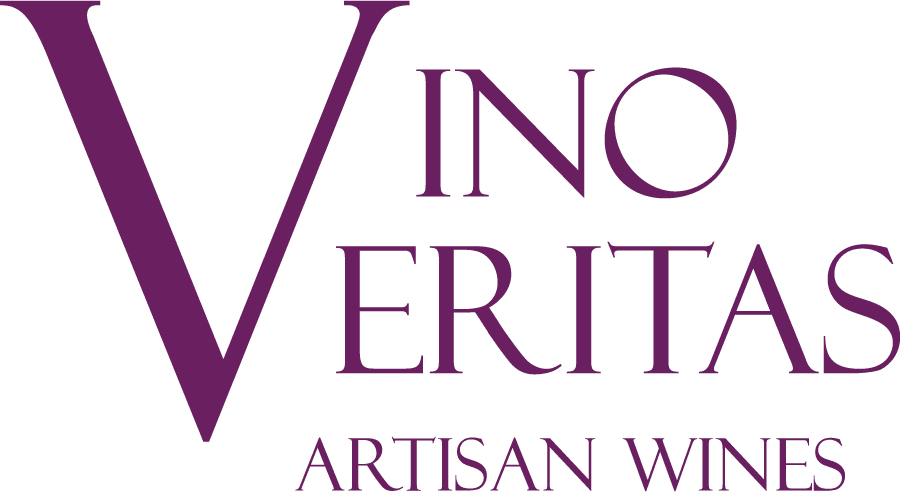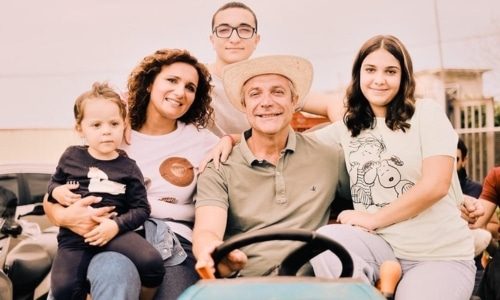
Casa Setaro
Casa Setaro was born in Campania in the Gulf of Naples, on the slopes of Vesuvius, the only active volcano in continental Europe. Tending the vine in the shadow of an active volcano gives a whole new dimension to the notion of “risk-embracing winemaking,” yet the same ash that buried Pompeii and Herculaneum in AD 79 nourishes a host of grape varieties, marking them with a forceful and distinctive imprint of terroir.
Massimo Setaro is seeking to transform the zone’s reputation and bring the wines of Vesuvio the modern-day recognition he feels they deserve. Heir to the renowned Setaro pasta-making enterprise, fourth-generation Massimo founded Casa Setaro in 2004, beginning with his family’s small pre-phylloxera holdings around their hometown of Trecase on Vesuvio’s southern slopes. Massimo has since planted new parcels, and today the estate totals 12 hectares–notably, of exclusively own-rooted plant material, as this zone’s unforgiving volcanic sand is inhospitable to phylloxera. He works only with indigenous varieties: Piedirosso and Aglianico for his reds; and, while he does grow terrific Fiano and Greco, the characterful and hyper-local Caprettone is what drives his imagination and forms the basis of his most distinctive white wines.
The Setaro family has devoted itself to the cultivation of grapes and their transformation, in a sustainable and identifying way, through that wealth of knowledge handed down from Vincenzo to his son Massimo Setaro. Today Maria Rosaria, Massimo’s wife, flanked and supported him: together they safeguard the history of Vesuvian viticulture with loving tailoring.

est 2005
© 2025 Vino Veritas, All Rights Reserved





